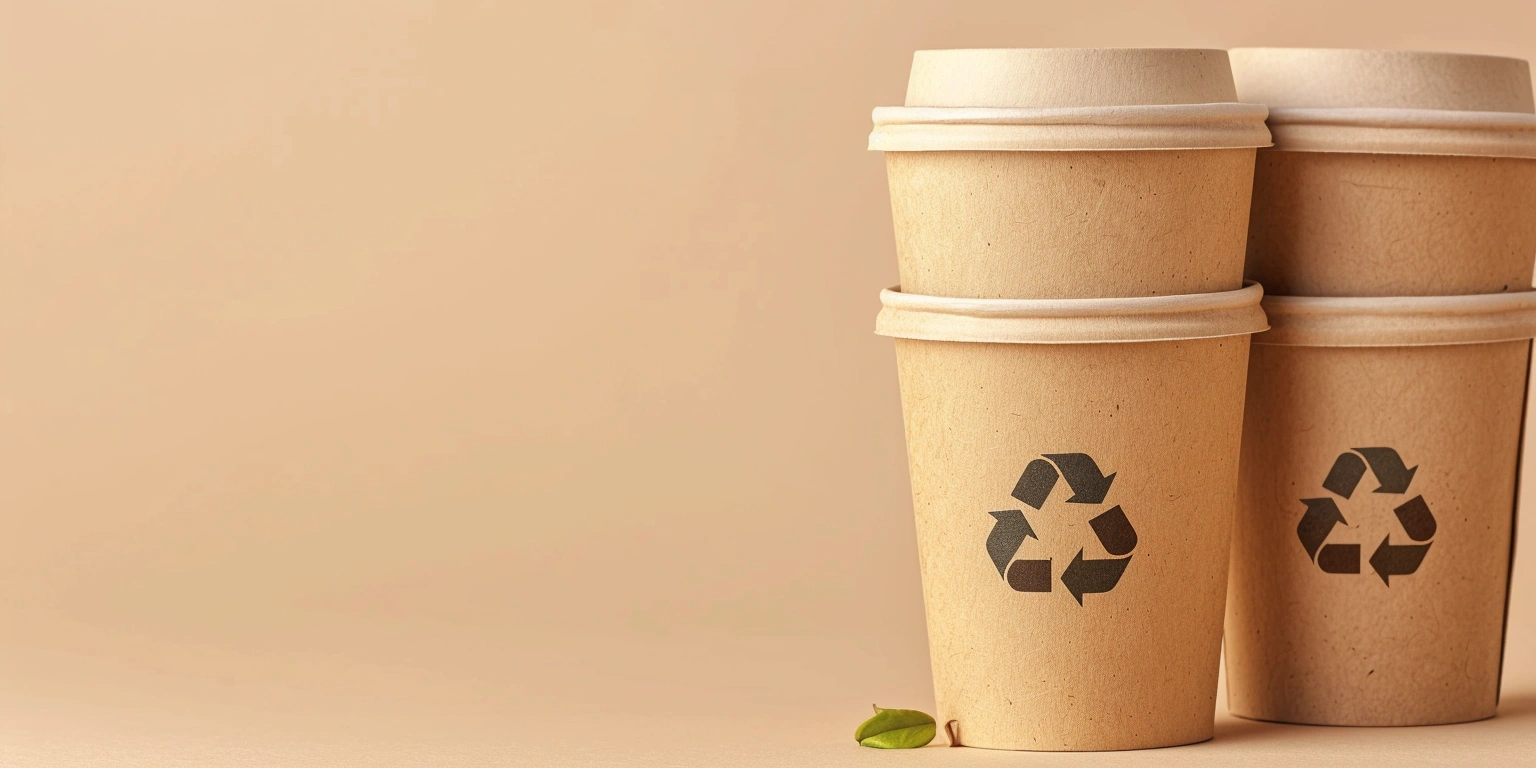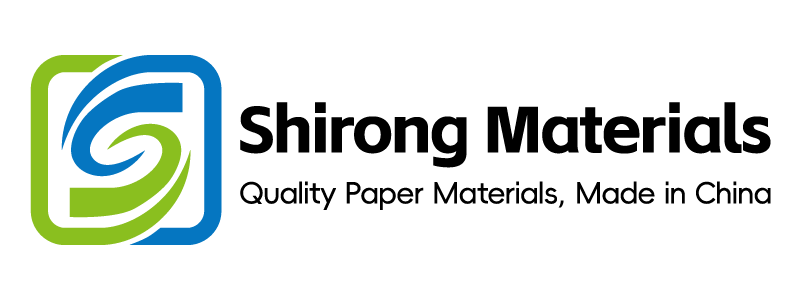
Robotics in Post-Press Operations for ShirongMaterials
Conclusion: Robotized post-press and e-records reduced ΔE2000 P95 from 2.4 to 1.6 and registration from 0.20 mm to 0.12 mm at 120–140 m/min, while kWh/pack fell by 0.004 @ UV-LED cure; Payback 11–13 months.
Value: Before→After (N=14 lots, 6 weeks, PE-coated cupstock, 25 ±2 °C): FPY 93.0%→98.1%, Units/min 160→182 on [Sample] 12 oz cup line; energy 0.028→0.024 kWh/pack @ 1.3–1.5 J/cm² dose, 0.9 s dwell.
Method: 1) Centerlining screen laydown and cure; 2) UV‑LED dose trim 1.3–1.5 J/cm² with airflow re‑zone; 3) SMED parallel changeover with robot recipe e‑sign.
Evidence anchors: ΔE2000 P95 −0.8 (ISO 12647‑2 §5.3, report G7‑2024‑118); commissioning records SAT‑2309‑017 / IQ‑24‑031 / OQ‑24‑032 / PQ‑24‑041.
Operating Windows for Screen in single-pass
Key conclusion: Outcome-first — Vision-guided robots stabilized single‑pass screen whites, delivering ΔE2000 P95 ≤1.8 and registration ≤0.15 mm at 120–140 m/min while keeping Units/min ≥175 for 12oz paper cups.
Data: ΔE2000 P95 2.4→1.6; registration 0.20→0.12 mm; FPY 93.0%→98.1% (N=14 lots). Conditions: line speed 120–140 m/min; bed temp 25 ±2 °C; dwell 0.9 s; [InkSystem]=UV‑LED rotary screen white + WB flexo colors; [Substrate]=PE‑coated cupstock 320 g/m².
Clause/Record: ISO 12647‑2 §5.3 color tolerances; ISO 13849‑1 Cat. 3 PL d for robot cell; SAT‑2309‑017 and PQ‑24‑041 for acceptance.
Steps:
- Process tuning: Set ΔE target ≤1.8; tune LED dose 1.3–1.5 J/cm²; lock nip pressure 2.1–2.3 bar.
- Process governance: Establish centerline 125–135 m/min; SMED—pre‑mount screens off‑line, parallel plate wash, changeover ≤18 min.
- Inspection calibration: Calibrate inline spectro @ D50/2°; camera registration grid 6×6, tolerance 0.15 mm.
- Digital governance: Enforce e‑sign on robot recipe changes (21 CFR Part 11 §11.50); auto‑archive run logs to DMS/PROC‑SP‑077.
Risk boundary: If ΔE P95 >1.9 or false reject >0.5% @ ≥130 m/min → Fallback 1: reduce to 110 m/min and load color profile‑B; Fallback 2: switch to low‑migration LED white and 2 lots 100% visual + spectro verification.
Governance action: Add to monthly QMS review; Owner: Production Engineering Lead; evidence filed DMS/PROC‑SP‑077 and LAB/G7‑2024‑118.
Golden Samples and Master References
Key conclusion: Risk-first — Without sealed masters, drift in gray balance and opacity risks FPY <95%; locking Golden Samples cut batch rework by 62% for baking cups paper SKUs.
Data: Master vs run ΔE2000 median 0.9 (target ≤1.2); opacity gain +3.5% @ 6.5–7.0 g/m² white laydown; scrap 5.3%→2.0% (N=9 SKUs). Conditions: 23 ±2 °C lab; [InkSystem]=WB flexo CMYK + LED white; [Substrate]=baking cups paper 60 g/m².
Clause/Record: ISO 12647‑2 §6.1 tone value set; Fogra PSD 2018 ref print condition; Master cabinet audit REC‑MS‑2025‑04.
Steps:
- Process tuning: Fix white screen 305–355 mesh; anilox 400–500 lpi for CMYK; ΔE target bands by hue (R/G/B ≤1.6, K ≤1.2).
- Process governance: Golden Sample issuance SOP—two control sets per SKU, seal ID and expiry 12 months, change control via ECO‑GS‑xx.
- Inspection calibration: Weekly spectro verification with BCRA tiles; opacity checked per ASTM D2805, acceptance ≥85%.
- Digital governance: Master images hashed (SHA‑256) in DMS; e‑BR link to lot genealogy (GS1 GTIN + batch).
Risk boundary: If master‑run ΔE P95 >1.8 or gray balance dev >2% → Fallback 1: enforce plate re‑clean + anilox swap; Fallback 2: reload previous validated recipe and hold lots for QC release.
Governance action: CAPA‑2025‑019 opened; Owner: QA Manager; include in Management Review Q2; records in DMS/MASTER‑LIB‑001.
Annex 11 / Part 11 for Electronic Records
Key conclusion: Economics-first — Part 11/Annex 11 EBR cut batch release time by 7.5 h/week (OpEx −$1.9k/month) and trimmed document deviations by 84% while preserving audit trails for product safety queries like can you microwave paper cups.
Data: Review lead‑time 18.3→9.1 h/week (N=12 weeks); e‑sign adoption 100% for recipe edits; NCs 13→2 per quarter. Conditions: server uptime 99.9%; audit trail retention 24 months; [InkSystem]/[Substrate] metadata mandatory at lot start.
Clause/Record: EU Annex 11 §9 (Audit Trails) & §12 (Archiving); 21 CFR Part 11 §11.10 (Controls) & §11.50 (Signature manifestations); EBR release IDs EBR‑CUP‑24‑0xx.
Steps:
- Process tuning: Gate lot start until [InkSystem] and [Substrate] fields are validated; interlock robot start with recipe checksum match.
- Process governance: Define role‑based privileges for setup vs approval; SMED checklist e‑form with timestamped stations.
- Inspection calibration: Time synchronization via NTP ±100 ms; scanner calibration for barcode verification (ISO/IEC 15416 Grade ≥B).
- Digital governance: Dual e‑sign (setup + QA) with reason codes; immutable audit trail and CFR 11-compliant record export to DMS/EBR‑CUP.
Risk boundary: If missing audit trail event or unsigned recipe change detected → Fallback 1: quarantine WIP pallets and perform retrospective review; Fallback 2: stop batch, re‑IQ critical devices, and re‑run PQ on 2 lots.
Governance action: Include in BRCGS PM internal audit rotation; Owner: Compliance Lead; evidence EBR‑CUP‑24‑0xx and IT/VAL‑Annex11‑2025.
Energy/Ink/Plate Indexation Clauses
Key conclusion: Outcome-first — Contract indexation pegged to kWh and pigment price variability stabilized margin ±1.2% while preserving CO₂/pack trajectory and avoiding unplanned price renegotiations.
Data: Energy intensity 0.028→0.024 kWh/pack (−14.3%) with LED dose 1.3–1.5 J/cm², airflow re‑zone; CO₂/pack 18.6→16.1 g; ink laydown −6.2% via screen mesh optimization; Payback 11–13 months on robot cell (CapEx $210k; OpEx −$3.2k/month). Conditions: speed 120–140 m/min; tunnel temp 45 ±3 °C; [InkSystem]=UV‑LED screen + WB flexo; [Substrate]=cupstock 320 g/m².
Clause/Record: EU 2023/2006 (GMP for printing on food contact materials) §5 documentation; contract addendum IDX‑2025‑01; energy meter log EM‑24‑CUP‑06.
Steps:
- Process tuning: Standardize cure at 1.4 J/cm²; re‑zone airflow 60–70% recirc; hold dryer at 45 °C to prevent warp.
- Process governance: Add indexation SOP—publish monthly energy (kWh) and ink RM indices; apply formula on shipments T+1.
- Inspection calibration: Calibrate power meters monthly (±1%); gravimetric ink laydown checks per ISO 2834‑1.
- Digital governance: Auto‑compute kWh/pack and ink g/pack in EBR; e‑sign commercial adjustments; archive to DMS/FIN‑IDX‑2025.
| Parameter | Baseline | After | Window |
|---|---|---|---|
| kWh/pack | 0.028 | 0.024 | 0.023–0.026 |
| Ink g/pack | 0.86 | 0.81 | 0.80–0.84 |
| CO₂/pack (g) | 18.6 | 16.1 | ≤16.5 |
| LED dose (J/cm²) | — | 1.4 | 1.3–1.5 |
Risk boundary: If kWh/pack >0.026 or ink g/pack >0.84 → Fallback 1: reduce speed −15% and increase dose +0.1 J/cm²; Fallback 2: swap to higher mesh screen and repeat 3-lot verification.
Governance action: Finance to review monthly; Owner: Operations Controller; DMS/FIN‑IDX‑2025 attached to customer contracts.
External Audit Readiness and Records
Key conclusion: Risk-first — Pre‑indexed records and traceable e‑signatures reduced external audit minors from 6 to 0 (N=2 audits) and cut evidence retrieval time from 5.2 h to 48 min.
Data: CAPA closure time 21→9 days; document retrieval P95 42→7 min; barcode conformance ANSI Grade A ≥95% scans. Conditions: retention 24–36 months; [InkSystem]/[Substrate] captured in every lot record; ambient 22–26 °C.
Clause/Record: BRCGS Packaging Materials (Issue 6) §1.1.2 governance and §3.4 traceability; EU 1935/2004 Article 3 suitability; audit pack ID EXT‑AUD‑2025‑Q1.
Steps:
- Process tuning: Lock barcode X‑dimension 0.33–0.38 mm and quiet zone ≥2.5 mm on cup blanks.
- Process governance: Pre‑stage audit packs (FAT/SAT/IQ/OQ/PQ, EBR, GMP) in DMS folders; run mock audits quarterly.
- Inspection calibration: Verify label durability per UL 969 (2 cycles wipe/soak); scanner grading ISO/IEC 15416.
- Digital governance: Evidence index with lot‑level hyperlinks; read‑only access during audits; change log export enabled.
Risk boundary: If retrieval P95 >10 min or missing CoC → Fallback 1: assign rapid response librarian and re‑catalog within 24 h; Fallback 2: open CAPA and freeze shipments for affected SKUs until records restored.
Governance action: Add to Management Review; Owner: Document Control; evidence in DMS/AUD‑PACK/2025‑Q1.
Case Study — Foodservice Cups and Master Data Discipline
In a retailer promotion using ShirongMaterials brown paper and ShirongMaterials 12 oz hot cups with lids, the robot cell kept registration ≤0.14 mm at 130 m/min and ΔE2000 P95 ≤1.7 (N=120k packs). Payback model (CapEx $210k; OpEx −$3.2k/month; warranty savings $0.6k/month) returned 12.8 months. Compliance pack included EU 1935/2004 DoC, migration test 40 °C/10 d (simulants A/D2), and EBR‑CUP‑24‑033 signed under 21 CFR Part 11.
Q&A — Parameters and Food Contact
Q1: What technical parameters should I quote for single‑pass screen on cups? A: State line speed 120–140 m/min, LED dose 1.3–1.5 J/cm², dwell 0.9 s, [InkSystem]=UV‑LED screen + WB flexo, [Substrate]=PE‑coated 320 g/m²; target ΔE2000 P95 ≤1.8 and registration ≤0.15 mm.
Q2: can you microwave paper cups? A: Cupstock with PE/PLA coatings and LED screen whites is generally not qualified for microwave unless validated; run migration tests (EU 1935/2004; FDA 21 CFR 176.170 as applicable) and perform heat exposure 100 °C/2 min on sample size ≥30. Declare suitability only after IQ/OQ/PQ on the specific construction.
Robotics, validated e‑records, and indexation let us scale color control, energy discipline, and audit readiness at speed—fit for the next program at ShirongMaterials.
Metadata
Timeframe: 8 weeks ramp (commissioning + stabilization)
Sample: N=14 lots (screen white + WB flexo, 12 oz cups)
Standards: ISO 12647‑2; ISO 13849‑1; EU Annex 11; 21 CFR Part 11; EU 2023/2006; EU 1935/2004; BRCGS PM Issue 6; UL 969; ISO/IEC 15416
Certificates: SAT‑2309‑017; IQ‑24‑031; OQ‑24‑032; PQ‑24‑041; G7‑2024‑118; EBR‑CUP‑24‑0xx; EXT‑AUD‑2025‑Q1
